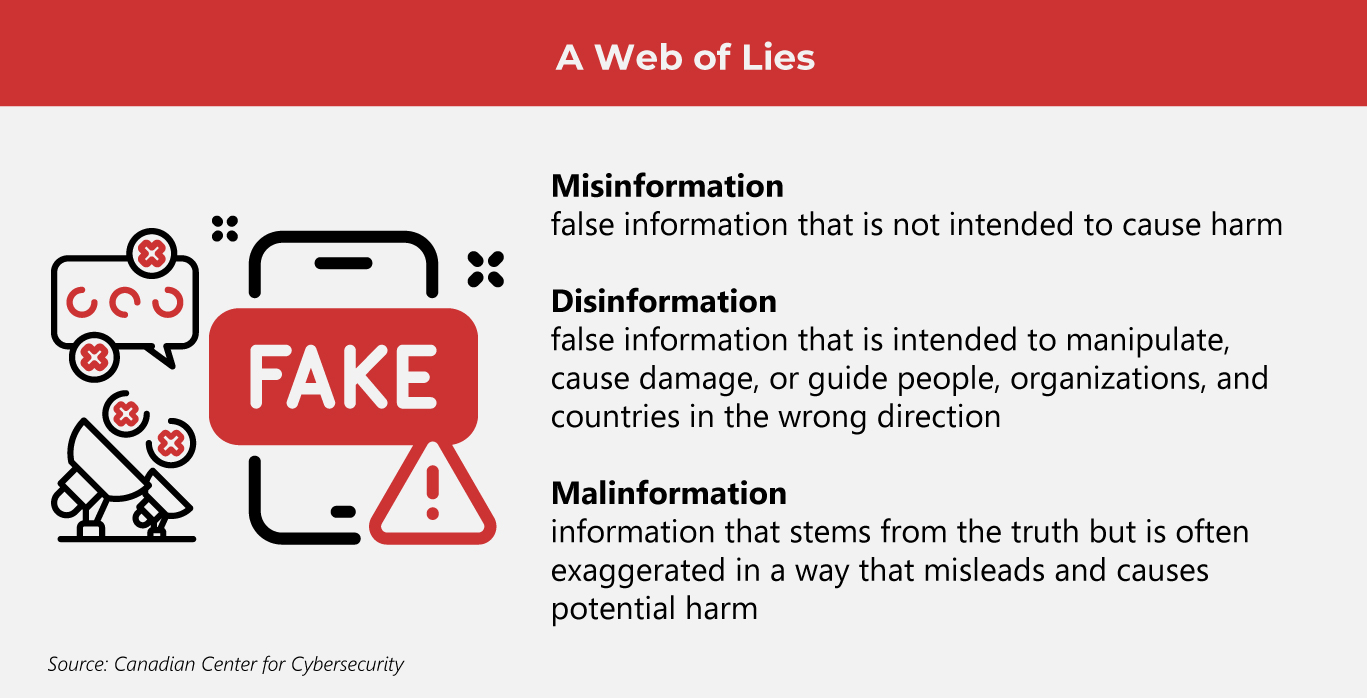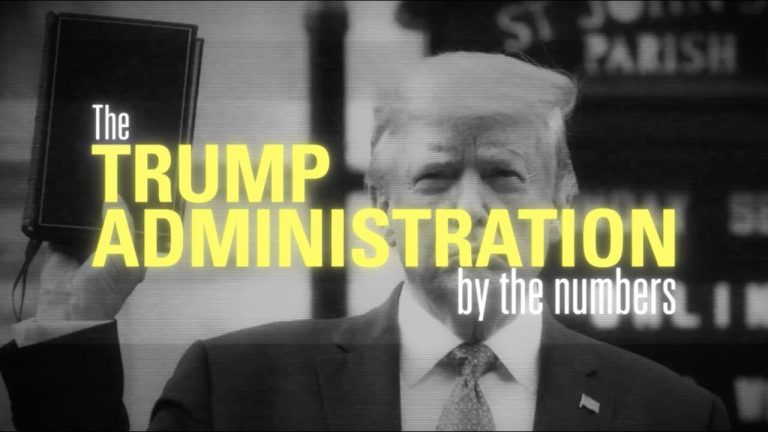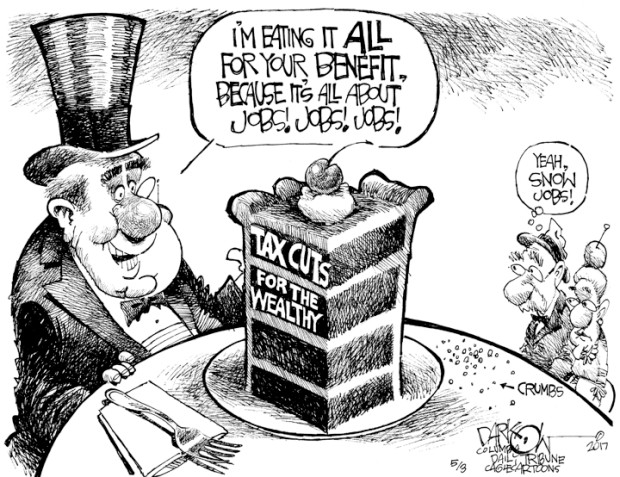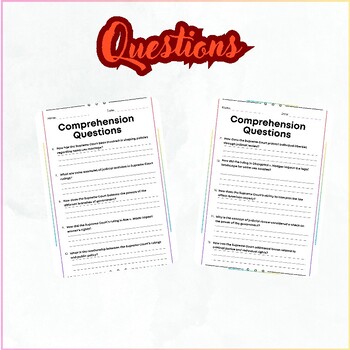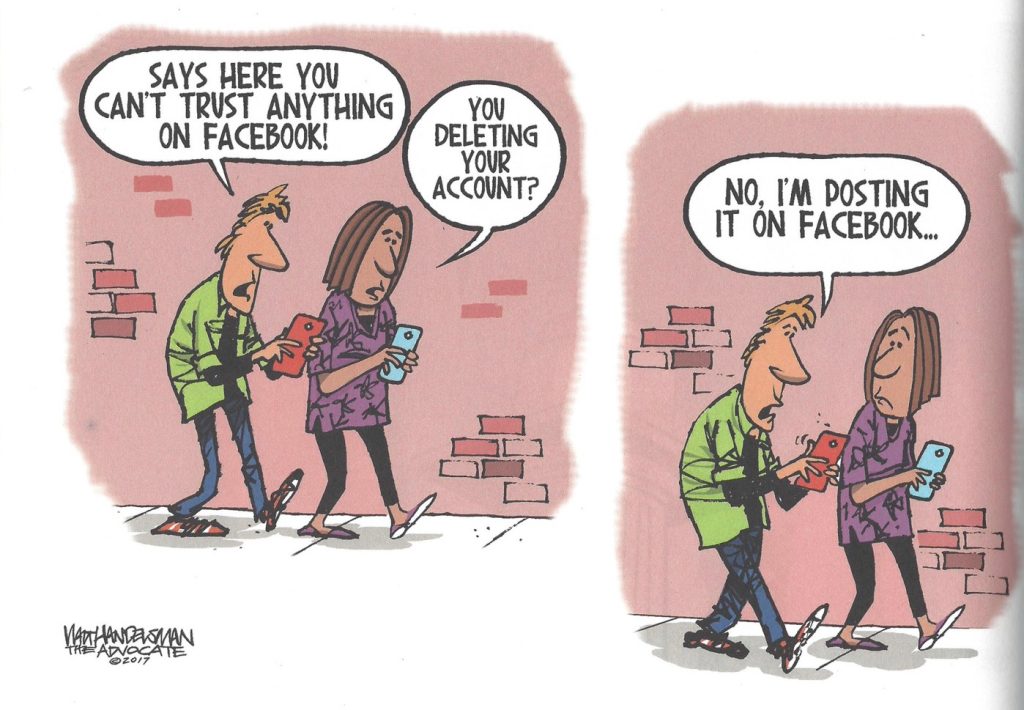

Fighting Back Against the Fake News Media: A Patriot’s Guide
The information battlefield is real. Every day, we’re bombarded with news, opinions, and narratives – some truthful, many misleading, and some outright fabricated. Discerning fact from fiction is no longer a luxury; it’s a necessity for informed citizenship. This isn’t about picking sides; it’s about equipping yourself to navigate the complex media landscape and become a critical consumer of information – a true patriot of truth.
Understanding the Enemy: Identifying Fake News Tactics
Before we can fight back, we need to understand the enemy. Fake news isn’t always blatant lies. It’s a sophisticated blend of manipulation techniques:
- Misinformation: Unintentionally inaccurate information.
- Disinformation: Deliberately false or misleading information created to harm a person, group, or cause.
- Malinformation: Genuine information shared to cause harm.
- Clickbait: Sensational headlines designed to lure readers, often with misleading content.
- Propaganda: Information designed to influence opinions and behaviors.
- Satire/Parody: Intentionally humorous or exaggerated content that can be misinterpreted as real news.
Your Arsenal: Tools for Truth-Seeking
You don’t need a PhD in media studies to combat fake news. Arm yourself with these essential tools:
1. Source Verification: Who’s Speaking?
Investigate the source. Is it a reputable news organization with a history of fact-checking? Look for “About Us” sections and examine their funding and editorial policies. Be wary of anonymous sources and biased language.
2. Fact-Checking Websites: Your Allies in Truth
Several dedicated websites debunk false claims. Snopes, PolitiFact, and FactCheck.org are valuable resources to verify information before sharing it.
3. Lateral Reading: Expand Your Search
Don’t just rely on a single article. Search for the same information on multiple reputable news sites. Do their reports align? Discrepancies often point to inaccuracies.
4. Reverse Image Search: Exposing Manipulated Images
Images can be easily manipulated. Use Google Images or TinEye to reverse-search images and find their original source and context. This helps expose altered or misused pictures.
5. Check the URL and Website Design: Spotting Imposters
Fake news sites often mimic legitimate ones. Carefully examine the URL for misspellings or suspicious domains. Poor website design or excessive advertising can also be red flags.
Beyond Detection: Active Citizenship
Combating fake news is more than just identifying falsehoods; it’s about actively promoting truth and responsible information sharing.
| Action | Impact |
|---|---|
| Report fake news to social media platforms. | Reduces its spread. |
| Engage in respectful dialogue. | Promotes understanding and critical thinking. |
| Support fact-checking initiatives. | Strengthens the fight against misinformation. |
| Become a media literacy educator. | Empowers others to identify fake news. |
The Patriot’s Pledge: A Commitment to Truth
Being a patriot in the digital age means being a vigilant defender of truth. It means questioning narratives, verifying information, and actively combating the spread of misinformation. It’s about fostering critical thinking and promoting responsible information sharing within your community. It’s a continuous process, but a crucial one for the health of our democracy and the future of informed citizenry. The fight for truth demands our constant vigilance and unwavering commitment.

Additional Information
A Deeper Dive into “Fighting Back Against the Fake News Media: A Patriot’s Guide” – An Analytical Perspective
A book titled “Fighting Back Against the Fake News Media: A Patriot’s Guide” immediately raises several analytical questions. The very title suggests a partisan approach, framing the issue within a specific ideological framework. This necessitates a critical examination of its potential biases and the methodologies it likely employs. A deeper understanding requires exploring several key aspects:
1. Defining “Fake News”: The book’s central premise hinges on its definition of “fake news.” This is crucial, as the term itself has become highly contested and often weaponized. Does the guide differentiate between:
- Misinformation: Inaccurate information unintentionally spread. Examples might include accidental errors in reporting or the spread of rumors.
- Disinformation: Intentionally false information spread to deceive. This encompasses propaganda, fabricated stories, and manipulated content.
- Malinformation: Genuine information shared with malicious intent to harm a person, group, or institution. This could involve releasing private information out of context.
The book’s efficacy depends entirely on its clarity and precision in defining its target. A lack of rigorous definition risks conflating different types of inaccurate information and potentially targeting legitimate journalism critical of the author’s viewpoint.
2. Identifying Sources and Methodologies: A critical analysis requires understanding the book’s methodology for identifying “fake news.” Does it:
- Relies on fact-checking organizations? If so, which ones? The credibility of these organizations is paramount. Are they known for impartiality, rigorous fact-checking processes, and transparency? Or do they exhibit a clear political or ideological bias?
- Employs media literacy techniques? Does it teach readers to critically evaluate sources, identify bias, and assess the credibility of information based on evidence and sourcing? Effective media literacy is crucial in navigating the complex information landscape.
- Promotes conspiracy theories or unsubstantiated claims? This would significantly detract from its credibility and potentially contribute to the spread of misinformation.
- Focuses on specific media outlets? If so, it’s essential to examine the rationale behind the selection and whether it reflects a targeted attack on specific journalists or news organizations rather than a broader commitment to combating misinformation.
3. The “Patriot” Framework: The use of “Patriot” in the title raises concerns about potential nationalism and appeals to patriotism as a justification for rejecting critical information. This necessitates examining:
- The definition of patriotism used: Is it inclusive and based on respect for democratic institutions and critical thinking, or does it promote a narrow, exclusionary definition that rejects dissent and challenges to authority?
- Potential for echo chambers: The guide might inadvertently reinforce existing beliefs and contribute to the formation of echo chambers where dissenting views are dismissed and misinformation thrives.
4. Case Studies and Examples: A rigorous analysis would demand a detailed examination of the case studies and examples used within the book. Are they representative of the broader problem of misinformation or are they cherry-picked to support a pre-determined narrative? It’s vital to assess:
- The sourcing of examples: Are the sources credible and unbiased? Or do they rely on questionable sources or anecdotal evidence?
- The objectivity of the analysis: Is the analysis of each case unbiased and objective, or does it reflect a predetermined conclusion?
5. Potential for Backfire Effect: The book’s approach might inadvertently backfire by increasing polarization and distrust in credible news sources. Individuals who already hold strong beliefs may become even more entrenched in their positions, leading to a further decline in civic discourse and the erosion of trust in institutions.
In conclusion, a comprehensive analysis of “Fighting Back Against the Fake News Media: A Patriot’s Guide” requires a deep examination of its methodology, definitions, biases, and the potential consequences of its approach. A critical evaluation, rather than an uncritical acceptance, is vital to determine its genuine value in combating misinformation. Only by addressing the above points can one determine whether the book contributes to a more informed and engaged citizenry or instead reinforces partisan divisions and the spread of misinformation.
